Improving institutional capacity through information exchange
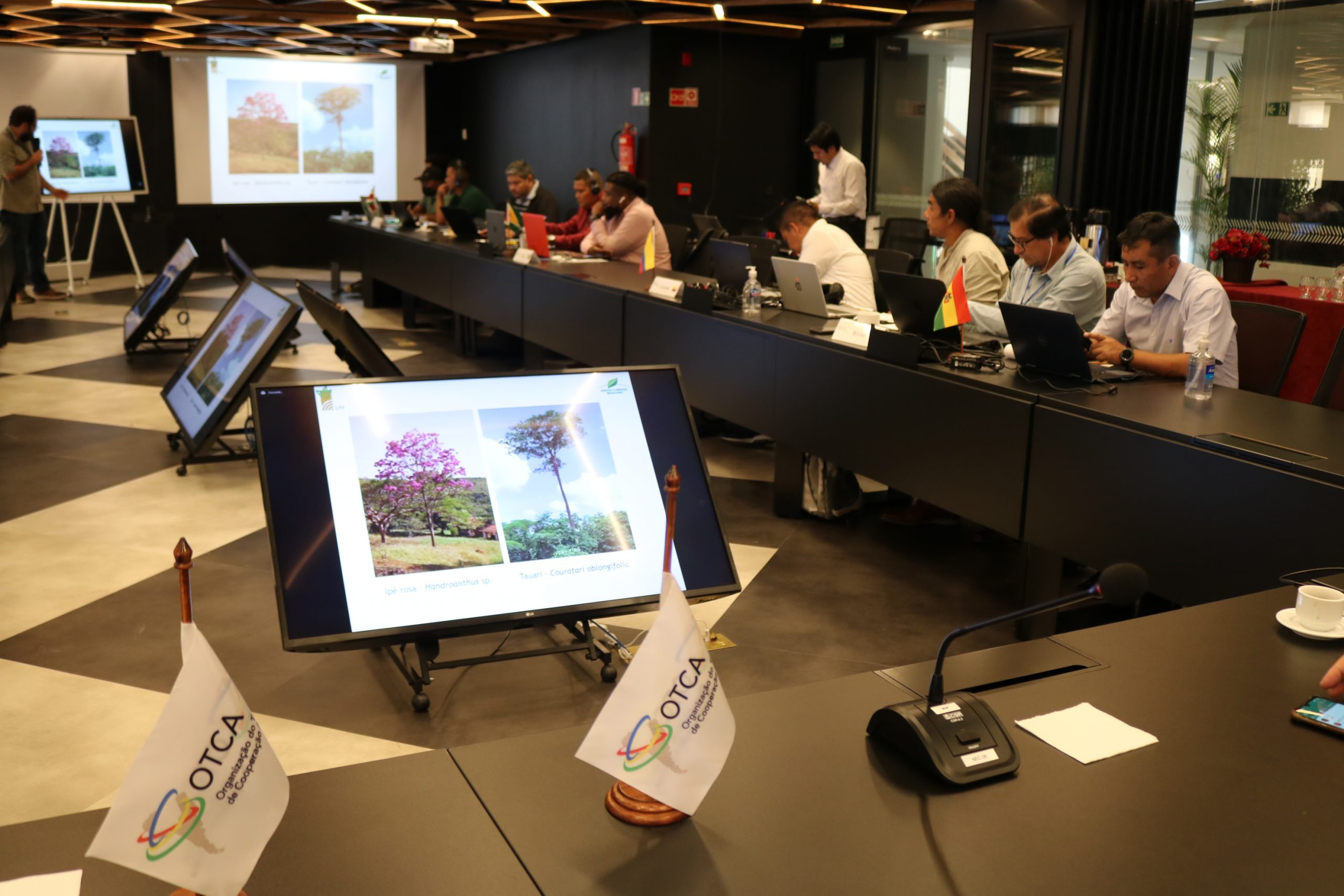
Jun 21, 2022 | FOREST | CONSERVATION OF NATURAL RESOURCES | INFORMATION EXCHANGE | KNOWLEDGE AND TECHNOLOGY | BIOAMAZON PROJECT
ACTO and LPF promoted Course for the Identification and Tracing of Woods.
A marathon of new learnings was carried out, in the framework of the course Methodologies of Identification and Traceability of Tropical Timber carried out in Brasilia, on May 9 and 13, in which 21 representatives of Bolivia, Brazil, Colombia, Ecuador, Guyana, Peru, Suriname, Venezuela and Guatemala used the occasion to exchange knowledge.
The joint initiative of the Regional Project for the Management, Monitoring and Control of Wildlife Species Threatened by Trade (Bioamazon Project) and the Forest Products Laboratory (LPF for its acronym in Portuguese) of the Brazilian Forest Service (SFB for its acronym in Portuguese) took place at the facilities of the Amazonian Regional Observatory (ARO), ACTO headquarters in Brasilia.
ACTO’s Executive Director, Ambassador Carlos Lazary, at the opening of the event highlighted the importance of technical training in the identification of woods for professionals in the areas of control, export, forest management, authorization of forest resources, among others. He stressed that the conduction of the course was possible thanks to the decision of the Member Countries (MC) to advance in this agenda. “The ACTO is home to the Amazonian countries. This joint work among ACTO and its Member Countries with the German cooperation, through the KfW, is a vote of confidence of the international cooperators to the Bioamazon Project,” he said.
According to the Coordinator of the Forest Products Laboratory (LPF), Fernando Nunes Gouveia, this course was conceived “to share with representatives of the eight Amazonian countries and representatives of Guatemala the main technologies used in the identification of wood. We all benefit from this initiative for we can visualize the potential for exchange and cooperation on issues related to the sustainable management of timber and the strengthening of institutions in the fight against illegal trafficking,” he said.
Testimonies
For Gerrit Warsidie Amatmoekrim of the Foundation for Forest Management and Production Control of Suriname, the course was useful for learning about other timber identification techniques. “We normally look only at the tree, its leaves, and its fruits, etc. but with this course now I am aware about other important aspects such as the anatomy and structure of the trees, chemical aspects, etc.”, he commented.
Silvana Chulde, a specialist in Natural Heritage, stressed that the course made it possible to learn from other experiences, especially the Brazilian experiences. “It is important to know about the science with which we are working to be able to advance in the experiences and paths for the recognition of species, and to develop new topics in our daily work in Ecuador, which is to recognize species to minimize the traffic of wood”, she said.
Harol Gutiérrez Peralta, from the Peruvian Ministry of Environment, highlighted that the asymmetries that still exist in terms of technological development to identify wood were identified. We can see the many opportunities for synergies at the regional level, and useful tools to control illegal logging,” he said.
Program
The course had 10 lecturers from various institutions with exhibition classes and practices. It was coordinated by Alexandre Bahia Gontijo, responsible for the Anatomy and Morphology area of the LPF, who addressed the topics “Anatomy identification of woods (general and macroscopic characters)” and “Electronic Key Identification of Brazilian Commercial Woods”.
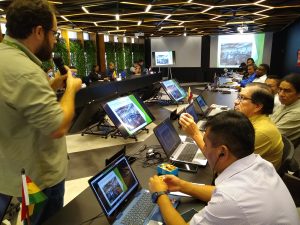
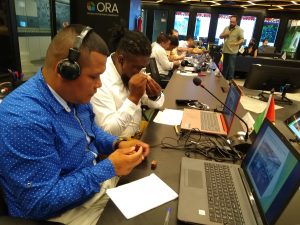
The “Federal Forest Management Systems – Control of traceable credits between origin and final consumer in Brazil” was explained by the General Coordinator of Monitoring the Use of Biodiversity and Foreign Trade of IBAMA, Rafael Freire de Macêdo; and studies on “Forensic isotopes applied as tracers for timber origin” were explained by the Brazilian Federal Police Expert, Camilla Vasconcelos Kafino.
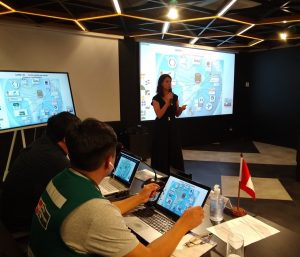
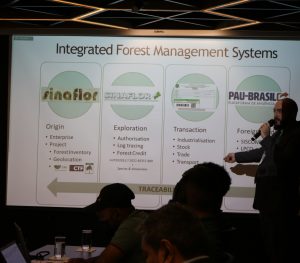
An approach from the perspective of forensic sciences was addressed in the session “Plant DNA barcoding in the characterization of plant species”, conducted by Renato Teodoro Ferreira de Paranaiba, Expert of the Federal Police. “Wood Species Identification using Deep Learning” was the topic addressed by Andre Reis de Geus, Doctor of Computer Science from the Federal University of Uberlândia.
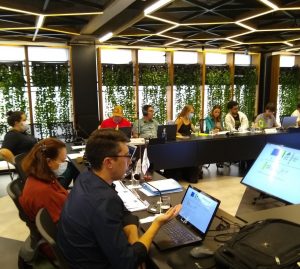
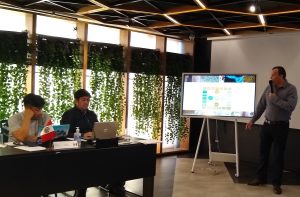
At the end of the theoretical sessions, LPF researcher Tereza Cristina Monteiro Pastore, and the technological chemist from the University of Brasília (UnB), Hugo da Silva Rocha, presented the NIRS technology in the identification of commercial woods, with notions of near-infrared spectroscopy and chemometrics.
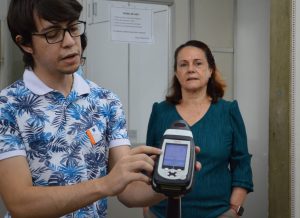
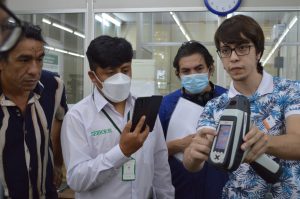
The topics of the event aimed to update participants on the most modern wood identification technologies, their applications, and potentials, offering a broad overview of the current state of the art of deforestation combat. These technologies will provide an important forensic arsenal capable of elucidating various types of environmental crimes involving illegal logging. In addition, the event is a starting point of a collaborative network, whereby ACTO members will be able to develop such tools and join efforts in the protection of the Amazon. May 13 was exclusive for a technical visit to the LPF to know the collection of wood available in the xyloteca and the equipment acquired with the support of the Bioamazon Project.
The representatives also participated in practical demonstrations of “non-destructive extraction of wood samples” and “species identification using the NIRs methodology”, as well as in demonstrations of microscopy techniques for wood and coal analysis, among other activities.
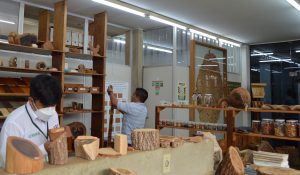
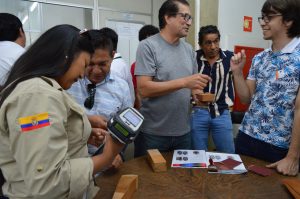
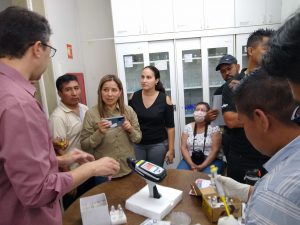
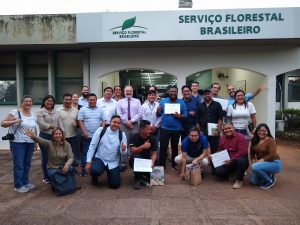
Fuente / Créditos: ACTO NEWS
